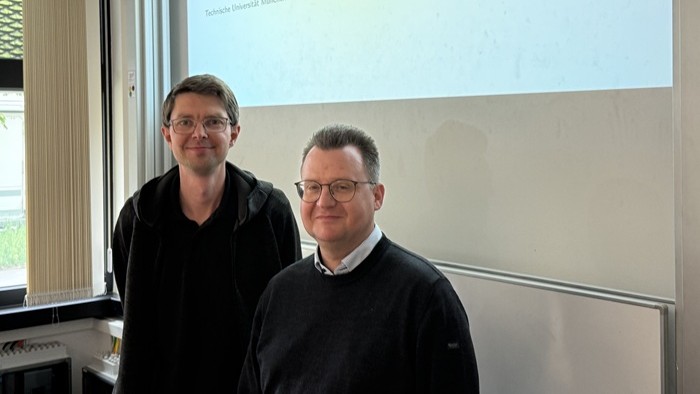SQL and the relational model
Prof. Leis began his talk in the special lecture series of the Elite Graduate Program “Software Engineering” by discussing the relational data model and its great success over the past decades. Closely associated with the relational data model is the query language SQL, which - due to the success of the relational model - also became very popular, despite its obvious shortcomings.
One of SQL's weaknesses is its highly inconsistent syntax across different database systems. Although there is a standard, the SQL capabilities of database management systems (DBMS) vary widely. Hardly any DBMS supports the full standard, and almost every system introduces its own language extensions. This reduces users’ flexibility and creates vendor lock-in. Furthermore, SQL is very verbose and prone to errors in practice.
In addition to syntactic issues, the semantics of SQL queries is not clearly defined. The same SQL query can produce different results on different DBMS. This significantly hinders the technology-agnostic development of software systems that rely on databases.
Ideas for better query languages
Prof. Leis then presented two research projects aimed at developing a better query language while preserving the successful relational data model: SaneQL and SaneIR. SaneQL is a new query language with a modern, compact syntax that eliminates SQL’s syntactic clutter, making it significantly easier for users. To define a consistent semantics, SaneIR serves as an intermediate representation—a kind of lingua franca between database systems—intended to support compatibility and portability.
Text: Dr. Dominik Haneberg, Elite Graduate Program “Software Engineering”


